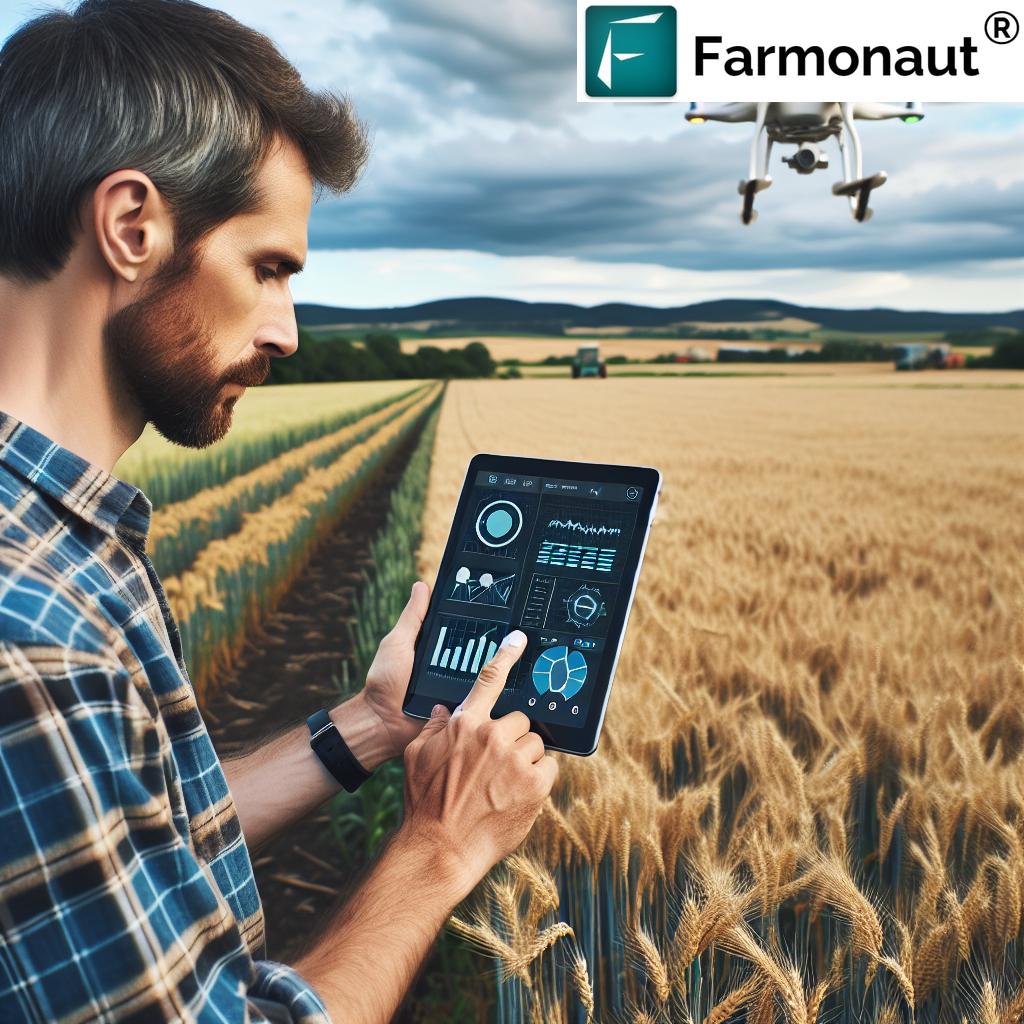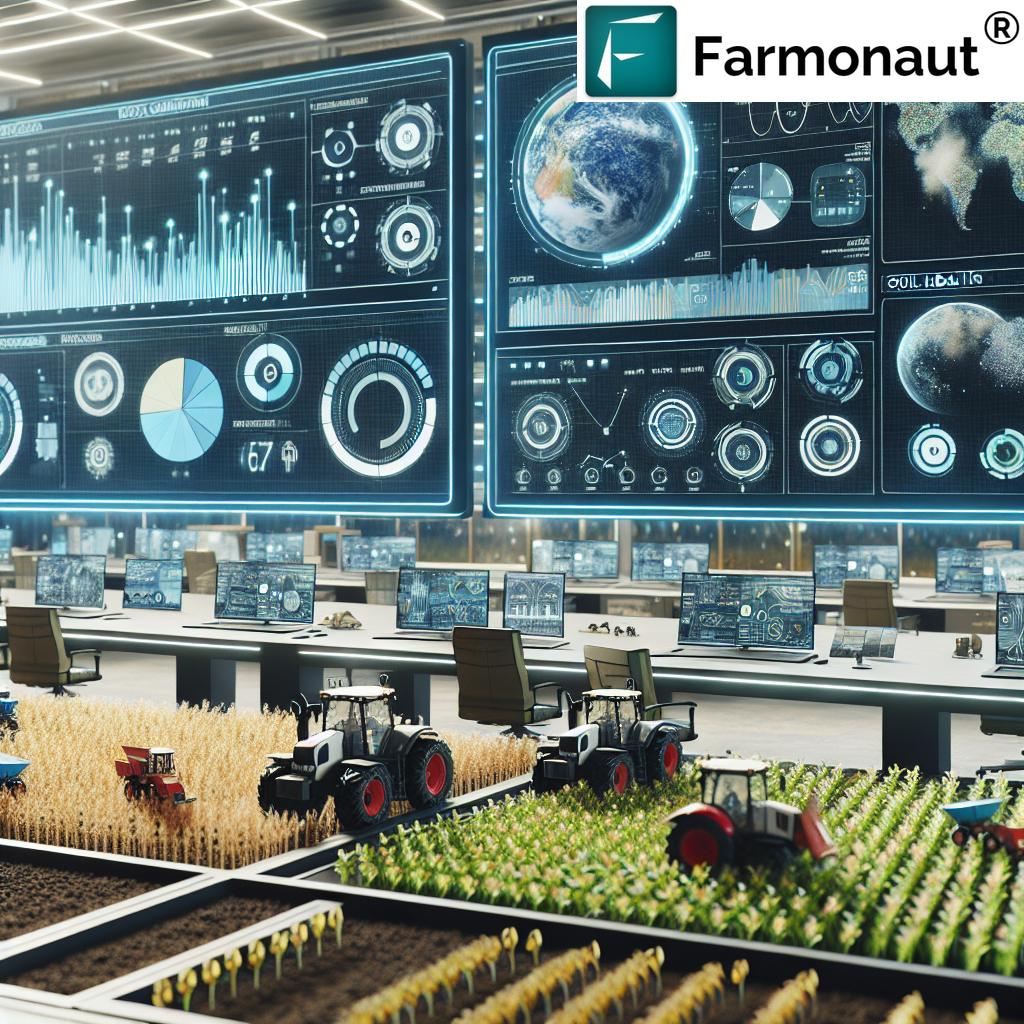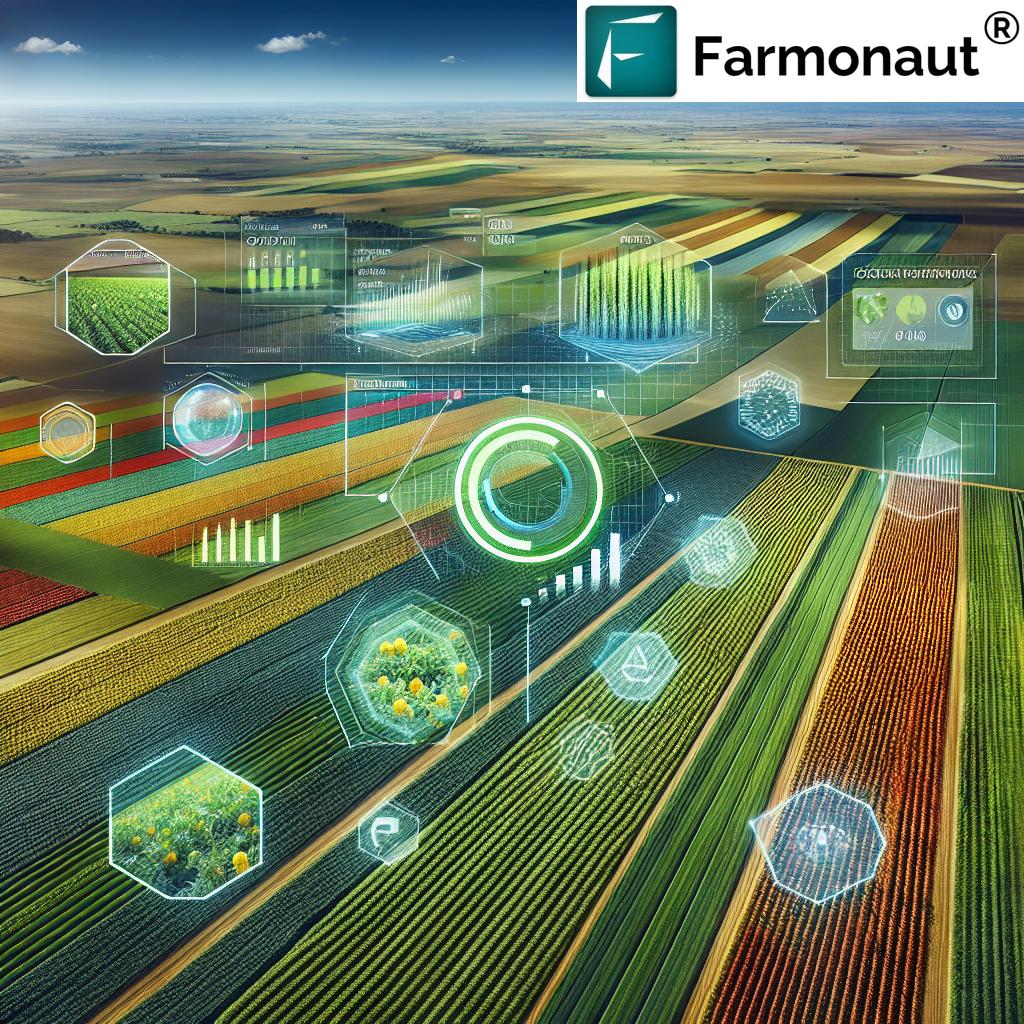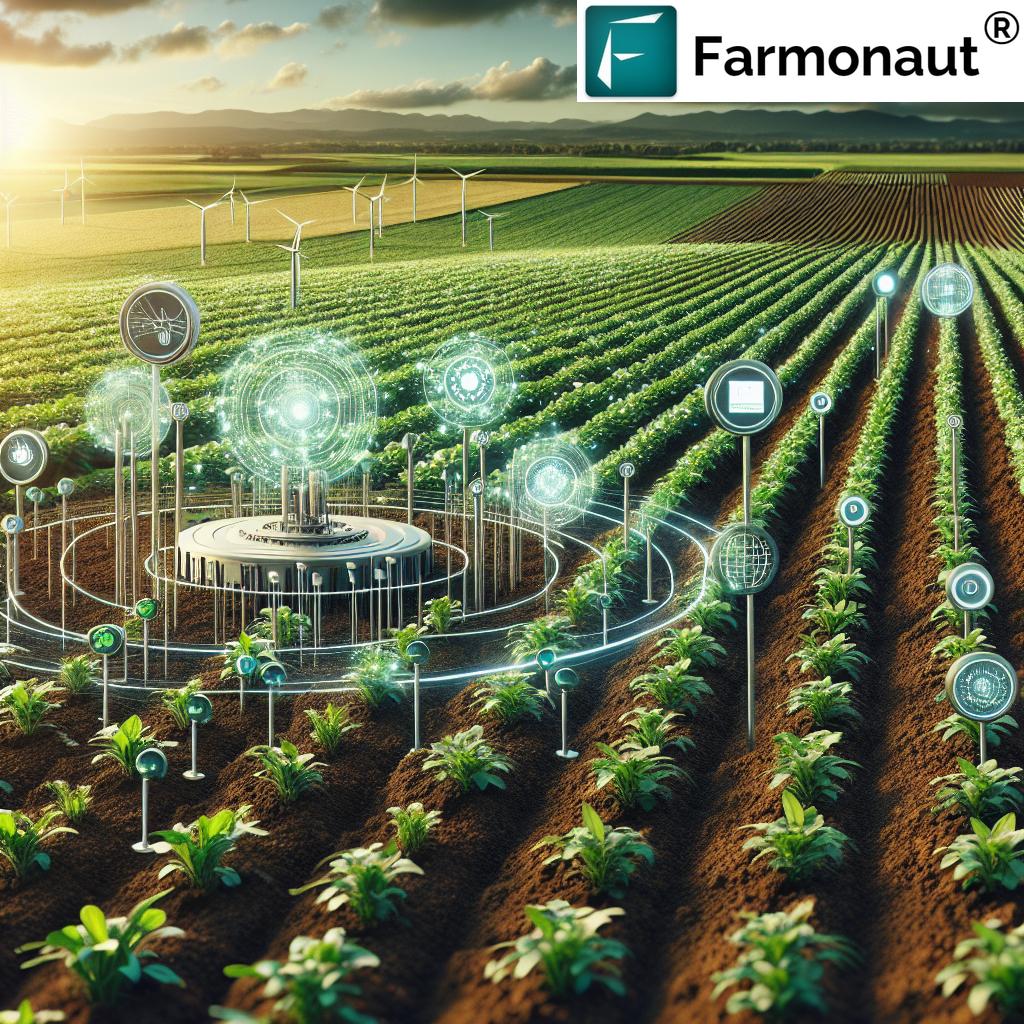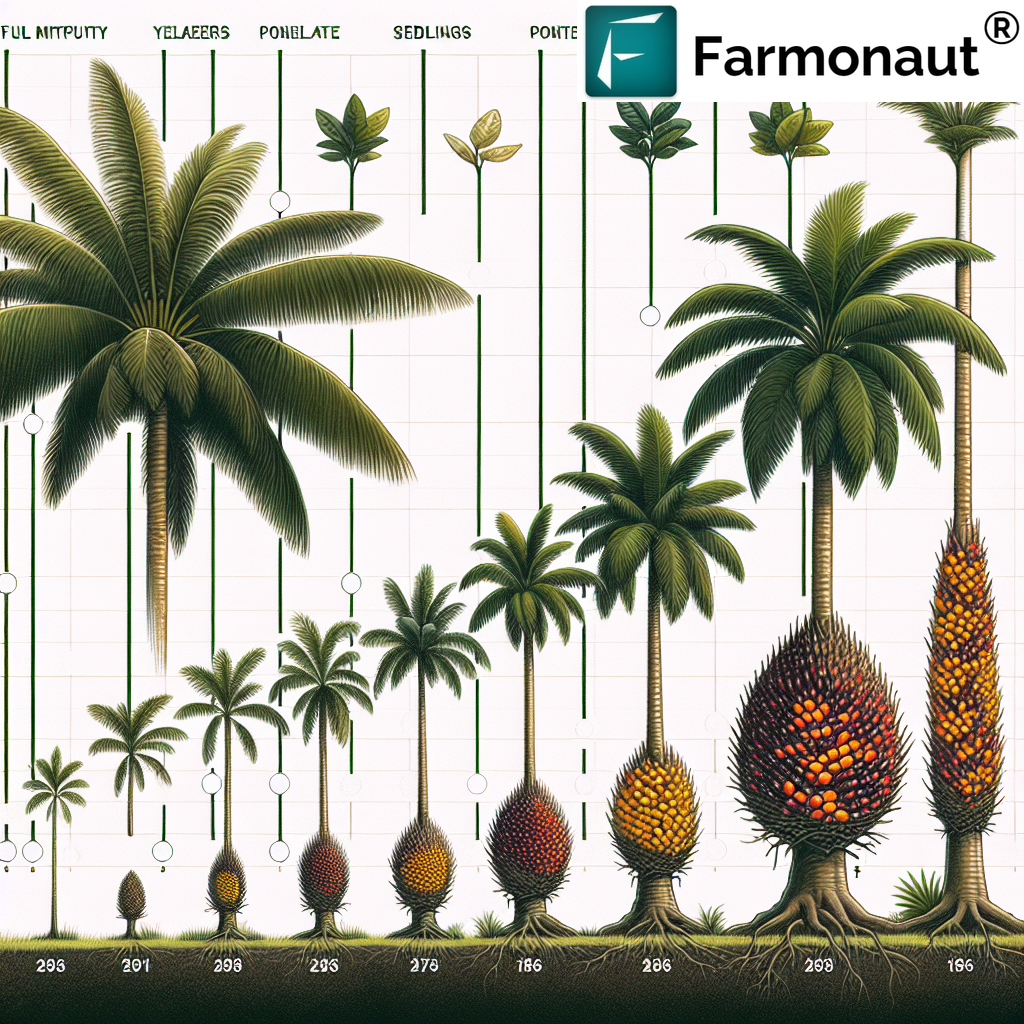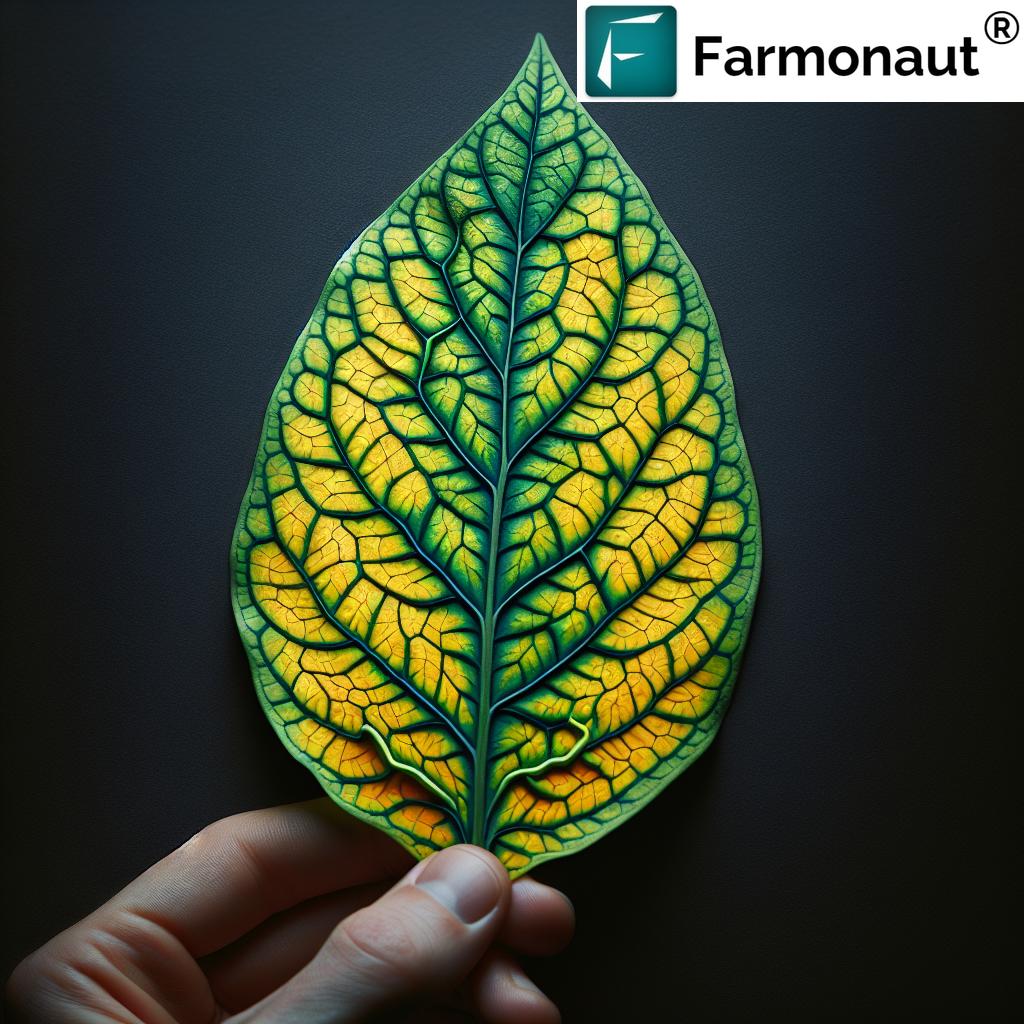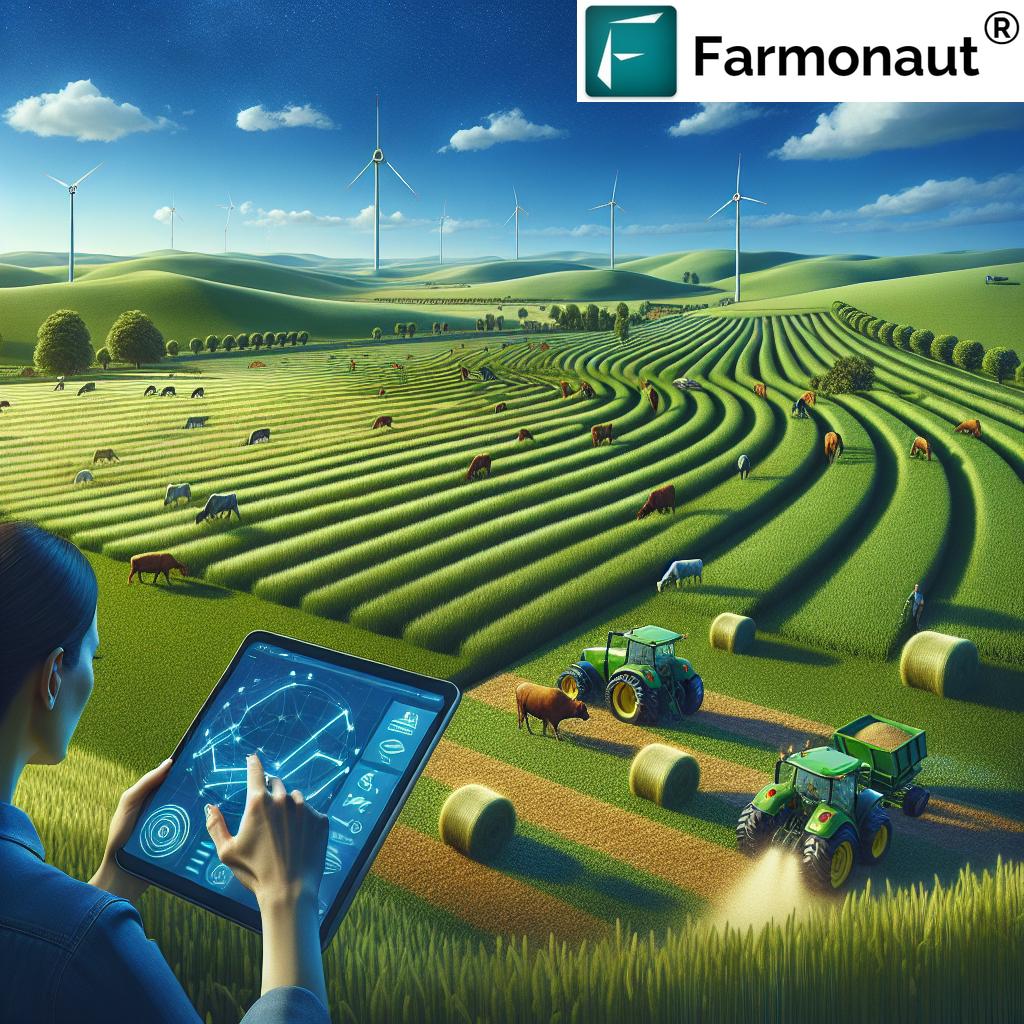Spraying Systems: 7 Game-Changers You Can’t Miss!
“Over 60% of modern farms now use precision spraying systems to reduce chemical waste and boost crop yields.”
Introduction: Precision Spraying and Sustainable Agriculture
The world of agriculture has rapidly evolved, driven by the need for increased efficiency, environmental sustainability, and higher crop yields. At the heart of this transformation lie advanced spraying systems—technologies that are redefining how we manage pesticides, fertilizers, and crop protection treatments. These modern systems are not just about spraying; they represent a paradigm shift towards precision agriculture spraying systems and environmentally friendly sprayers, supporting farmers across all scales in minimizing chemical use, maximizing field coverage, and promoting sustainable farming practices.
With the integration of satellite data, AI-based advisory systems, and cutting-edge sensors, today’s sprayers go beyond simple chemical application. They adapt to varying field conditions, adjust application rates automatically, and provide operators with actionable insights for targeted, responsible usage. As environmental regulations tighten and public awareness increases, these technologies are essential in ensuring compliance and safeguarding our ecosystems.
Types of Spraying Systems – The 7 Game-Changers
Let’s explore the core spraying systems reshaping modern agriculture, farming, and forestry. Each brings unique technologies, advantages, and applications for efficient, sustainable operations.
“Advanced spraying technology can cut pesticide use by up to 30%, promoting more sustainable and eco-friendly farming.”
1. Boom Sprayers for Large Fields
Boom sprayers are the backbone of extensive agriculture, especially across vast, uniform fields. Typically mounted on tractors, these systems feature a broad, horizontal boom fitted with multiple nozzles that deliver uniform coverage. The length of the boom allows for efficient spraying over wide passes, greatly reducing time and labor.
- Ideal for large-scale applications of fertilizers, pesticides, and herbicides
- Enable consistent, even spraying—crucial for crop health across the entire field
- Efficiency can dip on uneven terrains due to fixed height
Modern boom sprayers now integrate GPS, GIS, and sensor-based control for precision spraying and minimized overlap or missed spots.
2. Self-Propelled Sprayers
Self-propelled sprayers come equipped with their own engines and drive systems. No tractor is needed. With greater flexibility and advanced features like automated control systems, these machines navigate various terrains with ease, handling diverse crop types.
- Computer-controlled guidance enables accurate application rates
- Ability to adjust for field conditions and crop height
- Perfect for fields with complex, variable conditions
With variable rate technology (VRT), these units adapt applications in real time, improving both efficiency and coverage compared to traditional pull-behind models.
3. Aerial Spraying Drones and Aircraft
Aerial spraying uses aircraft or drones to treat large areas rapidly, including fields and forests that are otherwise hard to reach.
- Enables access to wet or hilly regions unsuitable for ground equipment
- Drones allow spot-treatment and mapping, utilizing sensors for highly targeted, reduced chemical application
- Traditional aircraft work well for uniform crop coverage over thousands of hectares
A planning process is essential for compliance with aviation regulations and to ensure safe, even application. Modern aerial platforms often integrate with satellite-based mapping tools, AI (artificial intelligence), and crop monitoring systems for precision.
4. Backpack Sprayers—Manual Power with Maneuverability
Backpack sprayers are handheld devices suited for small-scale applications, such as orchards, gardens, and bushy terrains.
- Offer extreme maneuverability—ideal for spot control, targeting specific plants
- Lower cost and easy maintenance
- Useful for organic, high-value crops where minimal treatment is needed
- Best for applications where labor-intensity is manageable compared to area size
Increasingly, these devices can be fitted with precision nozzles and flow meters for more consistent, responsible chemical usage.
5. Sensor-Based Sprayers for Targeted Application
With sensor-based pesticide application, sprayers use advanced sensor arrays to detect the exact location and condition of weeds, pests, or diseases. This technology is the cornerstone of sustainable spraying practices as it helps apply chemicals only where truly needed, vastly reducing environmental impact.
- Infrared, optical, or multispectral sensors map crop conditions in real time
- Enables targeted herbicide, pesticide, or fertilizer spraying
- Reduces unnecessary exposure and saves input costs
Sensor-based systems can either be stand-alone units or integrated with autonomous, self-driving sprayers.
6. Variable Rate Spraying Systems (VRT)
Variable Rate Technology (VRT) revolutionizes resource efficiency by adjusting the application in response to real-time data.
- Automatically adapts to field variation—soil type, moisture, and crop status
- Enables smart application of nutrients, optimizing yields and minimizing excess chemicals
- Can utilize satellite and drone mapping data
VRT is critical for variable rate application in farming, ensuring site-specific management and reducing overall input costs.
7. Fully Autonomous Agricultural Sprayers
The latest leap forward includes autonomous agricultural sprayers—machines that operate with minimal or no human intervention using AI, GPS, LIDAR, and real-time camera systems.
- Navigate intricate field layouts automatically
- Recognize obstacles, pests, and changes in crop health for AI-driven decision-making
- Offer data logging, usage tracking, and integration with farm management systems
These systems are increasingly accessible due to advances in software integration and large-scale farm management platforms which enable seamless coordination between autonomous equipment and human operators.
Comparison Table: Advanced Spraying System Types and Their Benefits
| Spraying System Type | Technology Used | Estimated Efficiency Improvement (%) | Environmental Impact | Suitable Crop Types | Estimated Cost (USD) |
|---|---|---|---|---|---|
| Boom Sprayers | Tractor-Mounted, GPS, Uniform Nozzles | 20–30% | Medium | Cereals, Oilseeds, Vegetables | 10,000–80,000 |
| Self-Propelled Sprayers | Engines, Computer Control, VRT | 30–40% | Medium–Low | Row Crops, Orchards, Mixed Farms | 80,000–200,000 |
| Aerial Sprayers (Drones/Aircraft) | Drones, Aircraft, GPS Mapping | 25–50% | Low (targeted, reduced drift) | Grains, Forestry, Vineyards | 5,000–500,000 |
| Backpack Sprayers | Manual, Simple Nozzles, Flow Meters | 10–15% | Medium–High | Orchards, Gardens, Greenhouses | 80–500 |
| Sensor-Based Sprayers | Optical, IR, Multispectral, Real-Time Analysis | 35–50% | Low | Most Crop Types, Specialty Crops | 20,000–150,000 |
| Variable Rate Sprayers (VRT) | GPS, Field Sensors, AI-Based Controls | 30–45% | Low | Cereals, Vegetables, Legumes | 100,000–200,000 |
| Autonomous Agricultural Sprayers | AI, GPS, LIDAR, Sat Integration | 50–65% | Very Low | All Large-Scale Crop & Forest Systems | 150,000–650,000 |
Advancements in Spraying Technology: Boosting Efficiency and Sustainability
The leap from traditional to advanced spraying technology is transforming how we approach sustainable agriculture. These innovations reduce chemical inputs, increase yields, and enhance the safety of both operators and the environment. Here’s how cutting-edge technologies are shaping the future of spraying systems.
1. Precision Spraying with GPS and GIS
Integrating Global Positioning System (GPS) and Geographic Information System (GIS) enables sprayers to:
- Automatically follow field boundaries and predetermined routes
- Record application data for compliance and traceability
- Adjust nozzle flow and spray pattern for uniform coverage
This is particularly valuable for crop protection spraying solutions, ensuring precise targeting and reducing overlap or under-application.
2. Variable Rate Technology (VRT)
VRT empowers sprayers to apply variable rates of fertilizers, pesticides, or water across a single field, according to data from sensors, maps, or satellite imagery.
- Reduces wastage with site-specific management
- Improves yield and reduces environmental impact by matching actual crop needs
- Supports data-driven agriculture, integrating remote sensing and machine learning
Farmonaut’s satellite-derived crop health maps and resource recommendations can drive variable rate application in farming, aligning perfectly with VRT systems.
3. Sensor-Based Spraying for Targeted Application
Advanced sensors can identify weeds, pests, soil moisture, crop canopy, and even disease pressure in real time, so chemicals are applied only where needed.
- Optical and hyperspectral cameras, thermal infrared, and laser sensors
- AI algorithms interpret data and control spray nozzles instantly
- Minimizes non-target exposure—a huge advantage for both the environment and human health
4. Drift Reduction Technology
A crucial development in environmentally friendly sprayers, drift reduction ensures chemicals stay within target zones by:
- Producing larger droplets, which are less likely to blow away
- Using air-assisted booms and shields to direct spray
- Integrating smart nozzles that automatically adjust for wind, temperature, or humidity
As a result, off-target contamination is vastly reduced, protecting waterways and beneficial insects.
For growers seeking certification or compliance with strict regulations, this is an indispensable feature of modern spraying systems.
5. Autonomous Sprayers: AI Meets Field Work
The advent of autonomous agricultural sprayers merges artificial intelligence, satellite imagery, and field robotics for ultra-efficient operations.
- Automated route planning and obstacle avoidance
- Continuous adjustment of rates and patterns for optimized coverage
- Remote control and real-time status updates via smartphone or web platforms
The Farmonaut platform supports integration with these autonomous units, enabling live monitoring, fleet management, and data-driven field operations.
Key Applications in Agriculture and Forestry: From Field to Forest
Spraying systems are foundational to efficient, sustainable farming and forestry. Here’s how they revolutionize the application of chemicals and treatments:
- Crop Protection: Sprayers deliver pesticides and fungicides directly to target pests and diseases, crucial for yield preservation in cereals, vegetables, fruits, and perennials. With precision spraying, we minimize resistance and safeguard environmental health.
- Fertilization: Efficient delivery of nutrients via foliar or soil applications improves plant vigor and yield potential. Variable rate systems ensure each zone in a field receives just what it needs, no more, no less.
- Weed Control: Advanced, sensor-enabled units facilitate targeted herbicide application, perfect for spot-treating problem weeds with minimal impact on desirable crops or native flora.
- Forestry Management: Spraying in forests aids in pest management (e.g., controlling bark beetles, caterpillars) and managing invasive species or undergrowth for fire prevention. Aerial spraying drones make it possible to address otherwise inaccessible locations.
Smart application practices using AI advisory systems further enhance productivity, while blockchain-based traceability platforms (like Farmonaut’s traceability system) provide a full record of treatments for compliance, safety, and market value enhancement.
Environmental and Economic Considerations
Modern spraying systems deliver economic rewards and environmental responsibility:
- Reduced Chemical Use: By applying only what’s needed, where it’s needed, precision systems help conserve resources, lower costs, and protect water, soil, and non-target species.
- Enhanced Crop Yields: When each crop receives optimal treatment, yield potential is maximized and risk of disease or pest loss is minimized.
- Sustainability: Environmental impact is minimized via efficient chemical use and drift reduction, and by encouraging biodiversity through spot-application and reduced field run-off.
- Compliance: Advanced record-keeping and traceability functions ensure full compliance with safety and environmental regulations.
With features like carbon footprint tracking and blockchain-based traceability, we empower stakeholders to demonstrate sustainability from field to consumer.
Farmonaut’s satellite and weather API and developer docs enable seamless integration of crop health and environmental monitoring into any farm management or spraying solution. Leverage real-time data for efficient, cost-effective, and sustainable farming.
Challenges and Future Directions for Spraying Systems
While spraying technology is moving agriculture and forestry towards unmatched efficiency and sustainability, challenges persist:
- High Initial Costs: Advanced machines and integrated digital solutions often require substantial capital upfront. However, the long-term savings in labor and chemicals can offset these investments, especially as prices fall with wider adoption.
- Technical Complexity: Systems integrating GPS, GIS, AI, and VRT demand training and adaptability. Education and robust user support are essential for maximizing benefits.
- Regulatory Compliance: Ongoing changes in chemical and environmental regulations require flexibility and accurate record-keeping.
- Interoperability: Integration with existing farm management software, hardware, and supply chain systems is vital for reaping the full rewards of smart agriculture.
Looking ahead, the future will bring even smarter, more affordable, and user-friendly systems. AI will further automate decision-making, and advances in sensor technology will improve diagnosis and reduce chemical reliance. Subscription-based digital platforms like Farmonaut will help democratize access to these advancements by lowering barriers for small and medium-sized farms worldwide.
How Farmonaut Powers Precision Agriculture Spraying Systems
As we chart the course of innovation in spraying systems, Farmonaut stands at the intersection of satellite technology, AI-driven advisory, and sustainable resource management. The Farmonaut platform, available on Android, iOS, Web App, and API, delivers actionable insights for:
- Real-Time Crop Health Monitoring: Leverage satellite-derived vegetation indices (like NDVI), soil moisture data, and growth forecasts for optimized spraying schedules and resource allocation.
- AI-Based Advisory Systems: Our Jeevn AI Advisory tool analyzes farm data to offer personalized recommendations, improving efficiency and maximizing returns from every application.
- Blockchain-Based Traceability: Build trust with end-users and streamline compliance by documenting and tracking every application of crop protection products from field to market.
- Fleet and Resource Management: Monitor, track, and coordinate your agricultural machines—including sprayers—with ease. Reduce wastage and operational costs via intelligent routing and scheduling.
- Carbon Footprinting: Monitor and minimize your environmental impact with real-time carbon tracking—essential for exporters, food producers, and any operation seeking external certification or sustainable branding.
Access to Farmonaut’s platform is simple and scalable—choose a suitable subscription for your hectare coverage, data frequency, and business size. Our API and developer documentation make integration into existing systems seamless for technology partners.
Explore Farmonaut’s satellite-based crop loan and insurance module—helping farmers access financing using transparent, verifiable crop monitoring data.
Ready for precision agriculture? Start using the Farmonaut app today or get expert plantation and forest advisory for next-level sustainability.
Frequently Asked Questions (FAQ) – Spraying Systems and Precision Agriculture
Q1: What is the main benefit of adopting advanced spraying systems?
The greatest benefit is precision. Modern spraying systems ensure efficient, targeted applications of fertilizers, pesticides, and other treatments, leading to reduced chemical waste, higher crop yields, and lower operating costs. They also help minimize environmental impact by using only the necessary amount of product.
Q2: How do autonomous sprayers improve farm efficiency?
Autonomous agricultural sprayers increase efficiency by performing scheduled spray applications without human intervention, reducing labor costs and enabling 24/7 operation. These units use AI and GPS for navigation and real-time adjustments, ensuring every part of the field is optimally treated.
Q3: Is it possible to reduce drift and prevent off-target spraying?
Drift reduction technologies—such as smart nozzles and air-assisted systems—are now standard in advanced sprayers. Combined with precise GPS-guided operation and real-time weather monitoring, these features significantly minimize the risk of chemicals reaching non-target areas.
Q4: What role does satellite technology play in crop spraying?
Satellite technology, like that used by Farmonaut, enables real-time crop health assessment, moisture monitoring, and zone mapping. This data supports the planning and optimization of variable-rate and targeted spray applications for greater efficiency and sustainability.
Q5: How does Farmonaut support compliance and traceability?
Through its blockchain-based traceability solution, Farmonaut allows farmers and agribusinesses to record every treatment, input, and crop action—building trust with buyers and regulatory authorities and reducing fraud.
Q6: Who should consider investing in sensor-based, autonomous, or VRT sprayers?
These technologies benefit large-scale farms, cooperative operations, and any business focused on sustainability, compliance, and efficiency. However, thanks to digital platforms, even small and mid-sized farms can now access some of these innovations affordably.
Q7: Can these technologies help with organic or specialty crops?
Absolutely. Targeted spraying, advanced sensors, and digital advisory help organic and specialty crop producers minimize input use, maximize product safety, and meet strict market or certification requirements.
Conclusion: Embracing the Future of Sustainable Agriculture with Precision Spraying
As we look to the future, it’s clear that spraying systems will remain a linchpin of modern agriculture, farming, and forestry. Advanced spraying technology, from precision boom sprayers to aerial spraying drones and autonomous agricultural sprayers, is helping us move towards sustainable, eco-friendly, and profitable operations.
We must continue to leverage innovations—from variable rate applications to real-time sensors—for improving yields, reducing environmental risks, and ensuring food security. With solutions like Farmonaut’s platform, every grower, from smallholders to agribusiness giants, can embrace data-driven, efficient, and sustainable spraying practices.
Now’s the time to adopt smart agriculture technology. Transform your approach to crop protection, yield optimization, and sustainability by choosing the right spraying system for your needs.
Ready to lead in technology-driven agriculture? The time to innovate is now!









